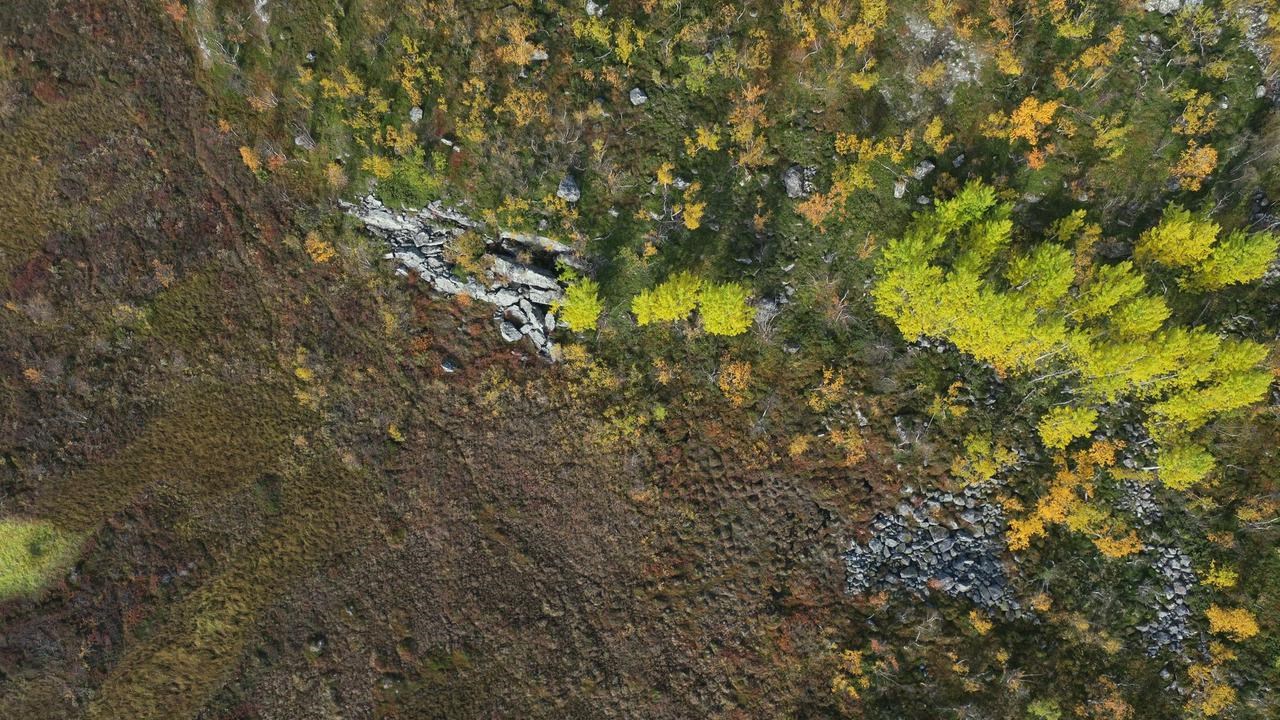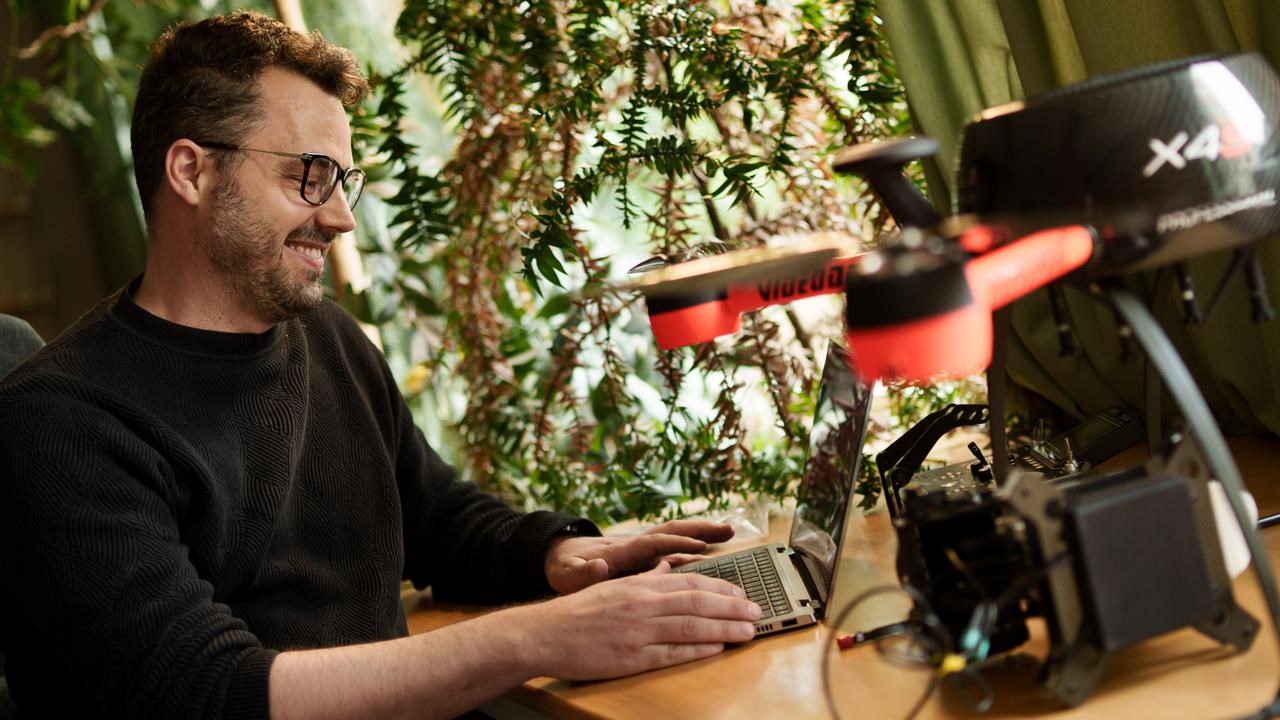
Subtle changes in the Arctic landscape revealed from above
PROFILE Centimetre by centimetre, the permafrost in the Arctic is thawing while vegetation spreads. Matthias Siewert's drone images reveal how climate change is gradually redrawing the landscape, and how small changes grow big over time.





